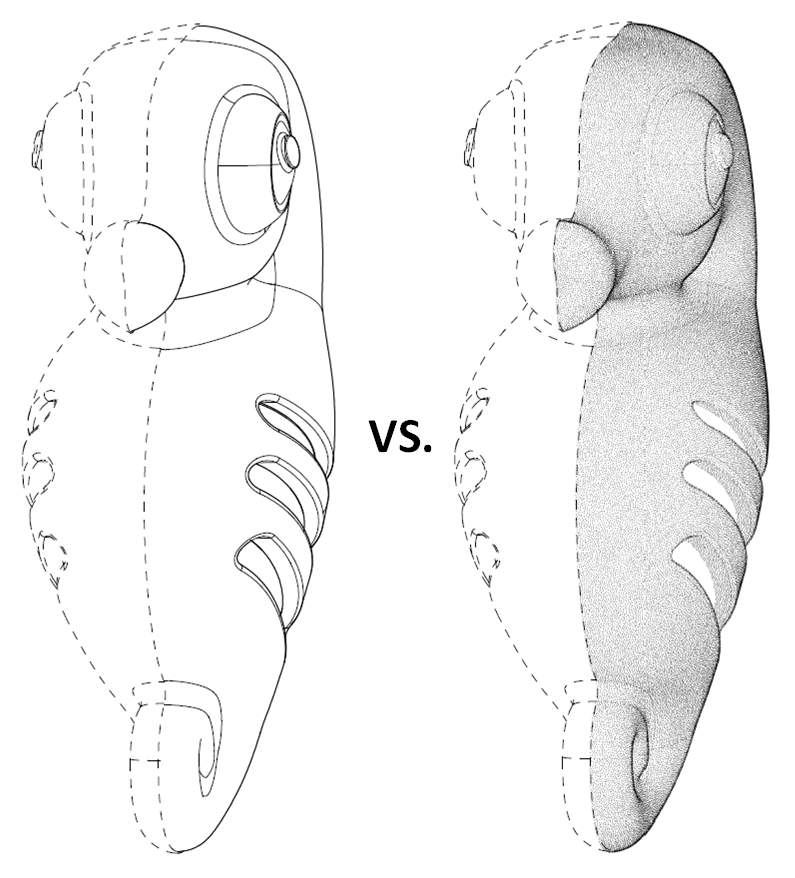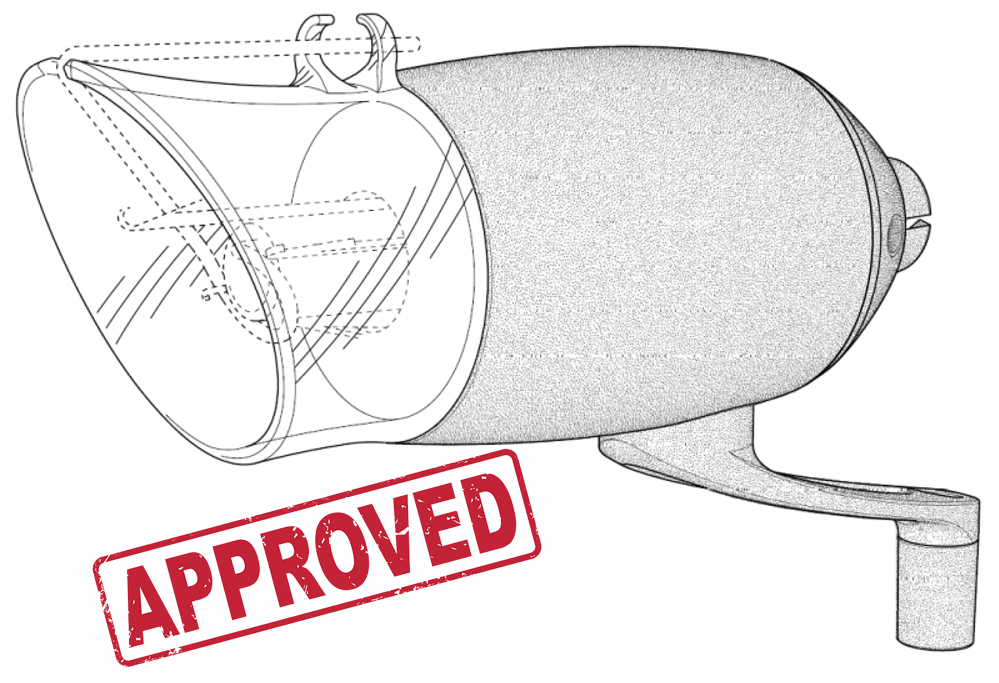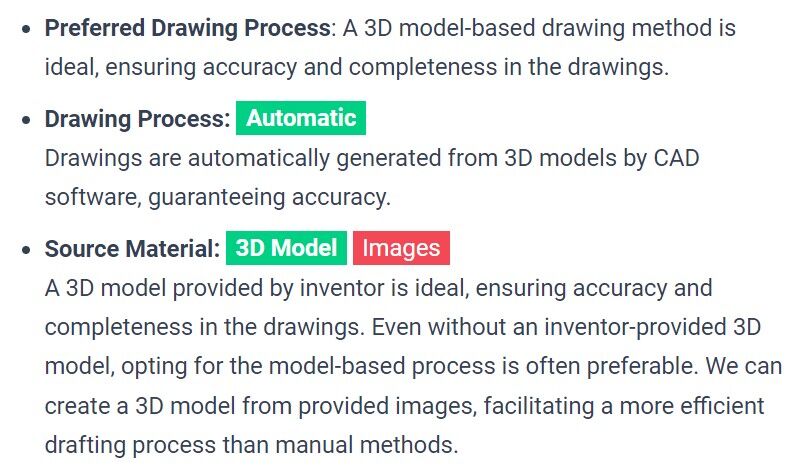Why Depth and Dimensionality Matter in Design Patent Drawings: Avoid Rejections and Strengthen Enforceability
- IP DaVinci
- Article
- June 6, 2025
Table of Contents
🧠 Want to Strengthen Your Design Patent Before Filing?
STIPPLES by IP DaVinci elevates drawings from static 2D to persuasive 3D—with built-in litigation foresight:
- 🔍 Sectional views and stippling clarify structure and support claim scope
- ⚖️ Defensible visual disclosures to withstand litigation scrutiny
- 🧾 Office Action rejections for drawing ambiguity? Practically gone
- 🚀 Save weeks on revisions, get drawings that just work
🎯 Visual Clarity is Legal Clarity
In design patent law, the drawings are the claim. Yet too often, even high-cost submissions rely on flat, perspective-lacking figures that leave room for ambiguity. Ambiguity is dangerous.
A weak drawing can:
- Invite §112 objections (lack of written description via inconsistent or unclear views)
- Undermine litigation outcomes if key design elements weren’t captured from enough angles
- Fail to support continuation or divisional filings due to missing details
STIPPLES solves these problems before they arise.

🧩 Built for Enforceability: Every Contour Counts
STIPPLES drawings use shading and sectional views to create better-supported, more complete disclosures. Each figure is constructed with the same care a litigator would bring to evidence:
- ✅ Consistent geometry across views
- ✅ Strategic use of broken lines and disclaiming
- ✅ Multi-angle fidelity to preserve ornamental features
- ✅ Optional exploded or partial views for added clarity
By anticipating how designs will be interpreted during enforcement or invalidation, STIPPLES helps you lock in broader, defensible claim scope.
🧬 From Model to Drawing: Streamlined Workflow
Using your client’s CAD file, product photos, or even hand sketches, we build the entire visual set in our STIPPLES pipeline:
- ✨ 3D reconstruction from real-world photos or CAD
- 📐 Generation of all required orthographic and perspective views
- 🔬 Application of stipple shading and cross-hatch sections
- 🧾 Final figures exported in USPTO-ready format with consistent line weights and annotations
You get a visual set that’s both client-ready and examiner-proof—often within 48 hours.
🎁 Bonus: No Rejections for “Missing” Views
Common examiner objections like:
- “No bottom view provided”
- “Inconsistent shading between front and rear”
- “Perspective view lacks sufficient detail”
…are automatically prevented. Why? Because STIPPLES ensures dimensional integrity and consistency across all views from the start.
📤 Want Drawings That Withstand Office Actions and Litigation?
Don’t risk rejections—or worse, enforcement failure—because of unclear visuals.
👉 Contact Us to Convert Your Product Photos or CAD into Ironclad Patent Drawings


